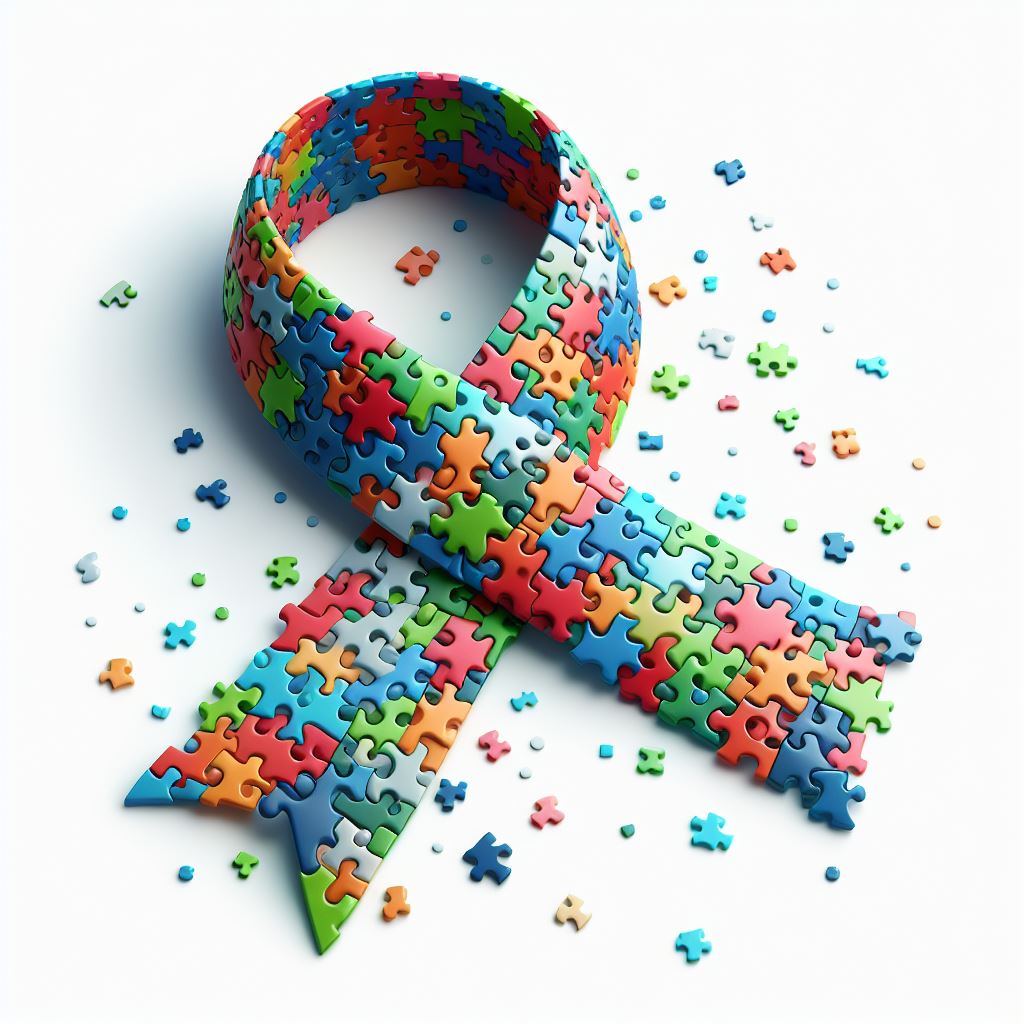The Role of Education And Learning in Sustaining Students with Autism: Ideal Practices
Comprehending Autism: A Comprehensive Guide to Indicators and Signs
Autism Spectrum Problem (ASD) encompasses a variety of characteristics that can dramatically affect a person's social interactions and day-to-day functioning. Identifying the symptoms and indicators, such as challenges with eye get in touch with, social communication problems, and sensory level of sensitivities, is important for very early intervention. Comprehending these subtleties not only help caretakers and educators in supplying appropriate support however additionally promotes a much more comprehensive environment for people with ASD. As we discover the complexities of autism, it ends up being crucial to consider exactly how these indications materialize in a different way across the spectrum and what ramifications they hold for reliable intervention techniques.
Overview of Autism Spectrum Disorder
Defining Autism Range Problem (ASD) entails identifying it as an intricate neurodevelopmental problem identified by a variety of obstacles in social communication, interaction, and behavior patterns. The term "spectrum" reflects the wide variability in symptoms and their extent, which can vary dramatically from one person to one more. ASD normally materializes in early childhood, although some individuals might not get a diagnosis until later on in life.
Variables affecting the advancement of ASD include hereditary proneness and environmental elements, although the exact reasons remain under examination. Medical diagnosis commonly depends on behavioral analyses, as there are no conclusive medical examinations for ASD. Early intervention is crucial and can dramatically enhance outcomes, concentrating on improving communication abilities, social interactions, and flexible habits.
People with ASD might also show distinct toughness, such as phenomenal interest to information or certain areas of expertise. Comprehending the multifaceted nature of ASD is crucial for promoting a comprehensive environment that suits neurodiversity. Continued research study is vital for establishing effective interventions and support group, enabling people with ASD to thrive and meet their potential within society.
Usual Signs of Autism
Acknowledging the usual signs of Autism Spectrum Problem (ASD) is vital for early recognition and intervention. These indications can differ extensively in seriousness and discussion, yet certain attributes are regularly observed in people with ASD.
One of the most prevalent signs is a marked difficulty in establishing and maintaining eye contact. Individuals may also exhibit limited interest in social communications and reveal a choice for singular play.
Sensory level of sensitivities are likewise typical; individuals may overreact or underreact to sensory stimulations, such as audios, lights, or appearances. autism. Language advancement can be atypical, with some youngsters showing postponed speech or utilizing language in unusual ways, consisting of echolalia-- duplicating sentences or phrases listened to in other places
It is vital to keep in mind that not every individual with ASD will present all these indications, and the degree of these behaviors can vary substantially. Early recognition permits prompt support and sources, boosting the lifestyle for those on the spectrum.
Social Interaction Difficulties
Social communication obstacles are a trademark of Autism Spectrum Problem (ASD), affecting a person's capability to engage properly with others. These problems can materialize in numerous methods, consisting of difficulties in initiating and keeping conversations, recognizing social hints, and reacting properly in social communications.
Individuals with ASD might have a hard time with nonverbal interaction, such as eye get in touch with, faces, and body language. This can bring about misunderstandings, as their communicative intent might not be correctly analyzed by others. Additionally, they might find it tough to grasp the nuances of tone and context, which are crucial for efficient interaction.
In team settings, individuals with ASD might really feel overwhelmed and may not recognize how to join in discussions (autism). They could also display irregular conversational patterns, such as monologuing concerning particular rate of interests without identifying social reciprocity
Moreover, these difficulties can cause social seclusion or difficulties in forming connections, as peers might misunderstand their actions or communication style. Comprehending these social communication obstacles is critical for fostering supportive atmospheres that promote social abilities advancement and boost the top quality of communications for people on the autism range.
Sensory Responses and sensitivities
Numerous individuals with Autism Range Condition (ASD) experience heightened sensory level of sensitivities that can dramatically affect their daily lives. An individual with ASD might find day-to-day noises, such as a vacuum cleaner or crowded settings, overwhelmingly distressing, leading to anxiousness or crises.
Sensory handling differences in individuals with ASD can likewise affect their capacity to participate in regular activities and social communications. For example, a youngster who is delicate to touch may stand up to physical affection or stay clear of certain apparel materials. Conversely, a preference for sure textures or tastes can restrict dietary choices and develop difficulties throughout mealtimes.
Comprehending these sensory level of sensitivities is important for acknowledging the special experiences of people with ASD. Recognition of their sensory profiles can foster much better communication and assistance methods, developing a setting that accommodates their requirements and improves their quality of life. Eventually, recognizing sensory sensitivities is a crucial part of understanding the wider spectrum of autism.

Supporting People With Autism
Effective support for people with Autism Range Condition (ASD) is crucial for boosting their total wellness and cultivating freedom. Assistance techniques ought to be tailored to fulfill the unique demands of each person, considering their difficulties and staminas.

Social abilities training can also play an essential role. autism. Engaging people in group tasks or role-playing scenarios can enhance their ability to browse social communications. Furthermore, it is necessary to educate family members, caregivers, and peers about ASD to foster a supportive and comprehensive community
Verdict
To conclude, a thorough understanding of Autism Range Problem is crucial for acknowledging its signs and signs and symptoms. Early recognition of common features, such as social interaction challenges and sensory level of sensitivities, makes it possible for educators and caretakers to carry out effective interventions. By cultivating boosted interaction and social skills, individuals with autism can navigate their atmospheres much more efficiently. Inevitably, boosted awareness and assistance can considerably improve the lifestyle for those influenced by ASD.
Autism Spectrum Disorder (ASD) incorporates a broad range of attributes that can considerably impact a person's social interactions and everyday performance.Individuals with ASD might struggle with nonverbal communication, such navigate here as eye get in touch with, face expressions, and body language.Several people with Autism Range Condition (ASD) experience increased sensory level of sensitivities that can dramatically influence their day-to-day lives.Sensory handling distinctions in people with ASD can also influence their capability to engage in social interactions and routine activities.Recognizing these sensory sensitivities is essential for acknowledging the special experiences of individuals with ASD.